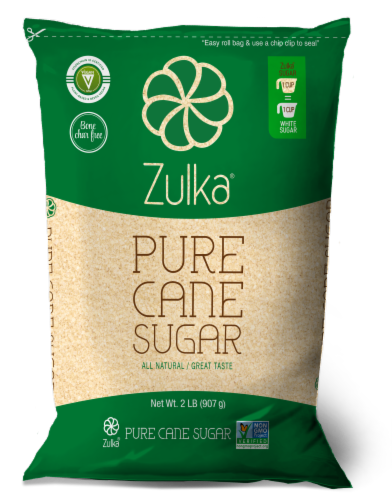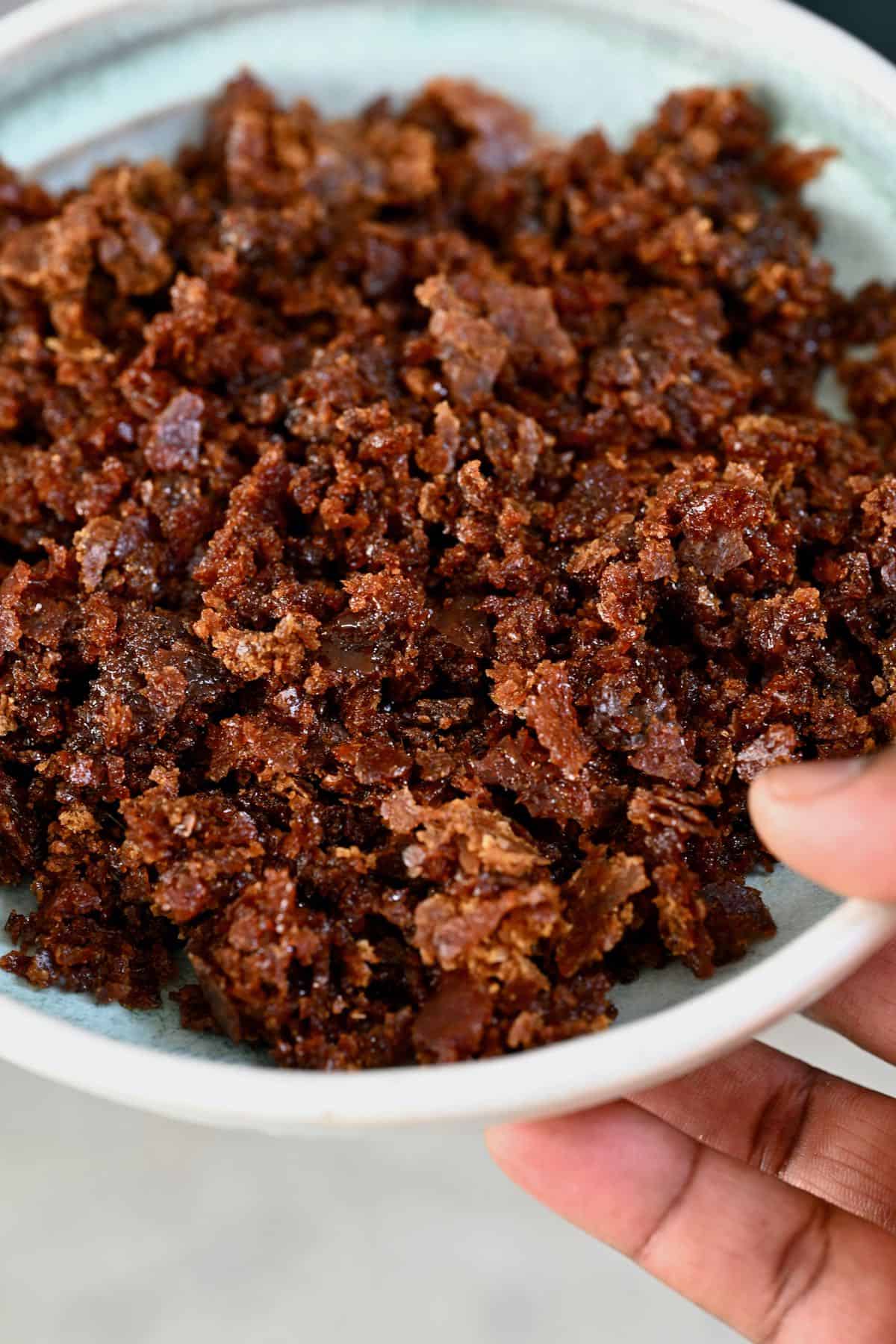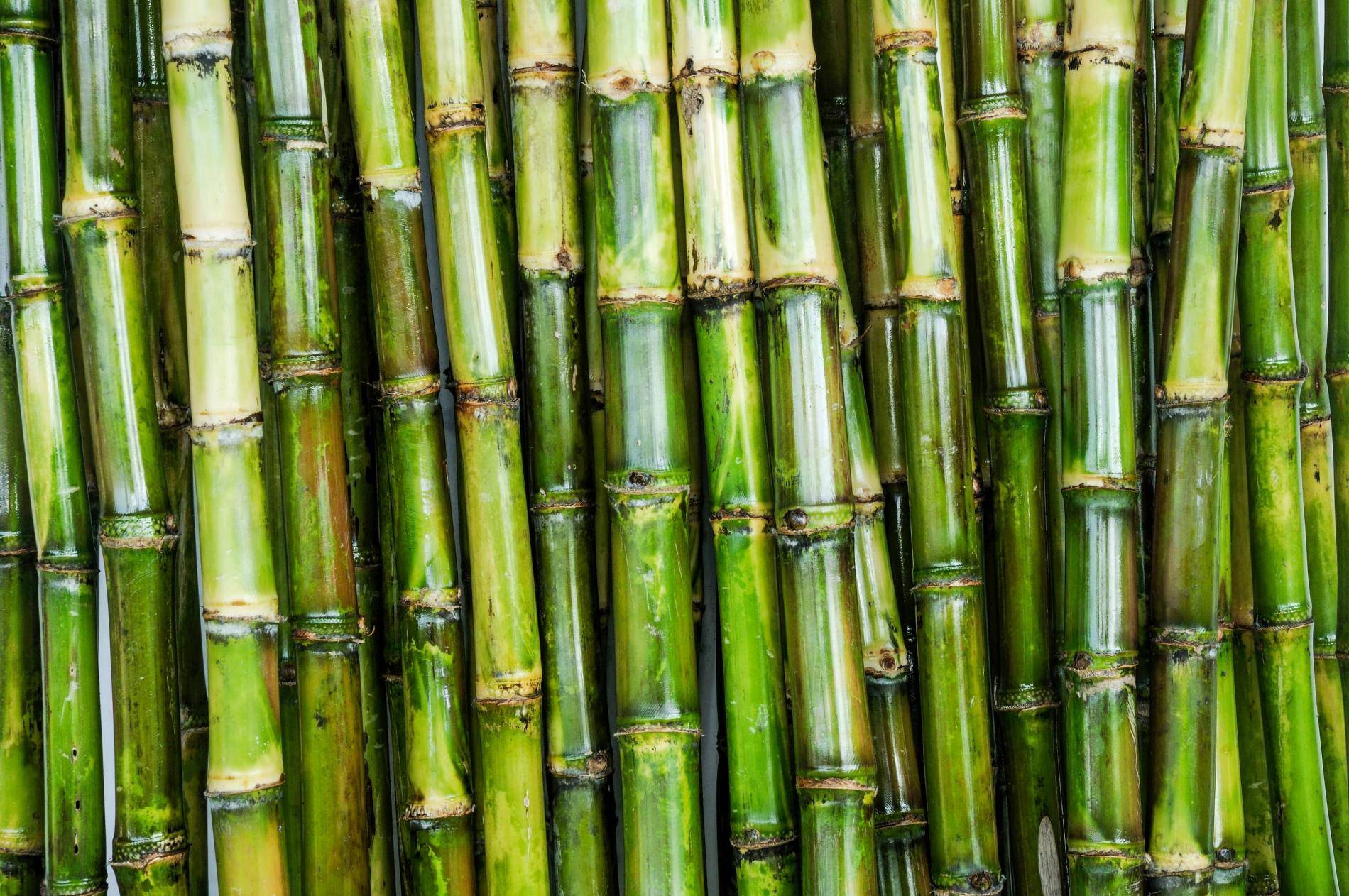Cane Sugar Processing Explained: What Happens Inside a Sugar Mill
Checking Out the Comprehensive Steps Associated With Walking Cane Sugar Handling From Harvesting to Improvement
The process of walking stick sugar manufacturing encompasses a collection of complex steps, beginning with the cautious harvesting of sugarcane and finishing in the improvement stages that make sure the last item satisfies market requirements. Each stage, from the extraction of juice to the filtration and formation procedures, plays a critical duty in identifying the top quality and personality of the sugar. Recognizing these stages not just highlights the complexity of sugar manufacturing however additionally elevates crucial inquiries concerning performance, sustainability, and advancement in the sector. What effects do these variables have for future techniques?
Gathering Sugarcane
Collecting sugarcane is a critical step in the walking stick sugar processing chain, as it directly influences the top quality and yield of the last product. Proper timing and techniques are essential throughout this phase to make certain ideal sugar material and reduce losses. Normally, sugarcane is collected when it gets to maturity, normally 12 to 18 months after growing, characterized by a high sucrose concentration.

Post-harvest, the sugarcane should be refined swiftly to avoid sucrose degradation. Ideally, harvested walking stick ought to be moved to refining centers within 24-hour to preserve sugar quality. For that reason, reliable logistical preparation is essential to maintain the integrity of the collected crop throughout the supply chain.
Extraction Process

The crushed cane goes through a collection of pushing procedures to make the most of juice healing. Typically, warm water is splashed onto the crushed walking stick, creating a countercurrent circulation that aids dissolve the sugar while additionally assisting in the extraction procedure. The juice collected from this procedure has not just sugar however additionally different organic substances and contaminations.

To boost extraction effectiveness, some facilities may employ diffusion approaches, where the sugarcane is soaked in hot water, allowing the soluble sugars to diffuse right into the fluid. The resulting juice, rich in sucrose, is after that directed to subsequent handling phases, laying the foundation for purification and refinement. The extraction procedure is thus critical in identifying the top quality and yield of the last sugar product.
Purification Strategies
The purification strategies used in walking cane sugar processing are essential for transforming the raw juice into a top notch sugar item. These methods mainly intend to eliminate contaminations, such as soil, plant products, and not natural materials, which can negatively impact the final product's flavor and shade.
This process includes adding lime and warm to the raw juice, which promotes the coagulation of pollutants. Additionally, the use of phosphoric acid can improve the clarification procedure by further binding contaminations.
One more significant technique is carbonatation, where co2 is introduced to the clarified juice. This response produces calcium carbonate, which catches remaining impurities and advertises their removal.
In addition, triggered carbon therapy may be used to adsorb any kind of staying colorants and natural pollutants, ensuring a much more refined item. The mix of these methods successfully prepares the sugar juice for subsequent actions in the refining procedure, setting the phase for the production of top notch walking cane sugar.
Condensation Approaches
After the filtration phase, the following vital action in walking stick sugar handling entails condensation approaches, which play a pivotal function in transforming the cleared up juice right into strong sugar. This process normally utilizes 2 main approaches: spontaneous crystallization and controlled condensation.
In spontaneous formation, supersaturated sugar services are permitted to cool naturally, causing the development of sugar crystals with time. This method is you can try these out easier yet might result in uneven crystal sizes and reduced pureness levels. On the other hand, managed formation is an extra precise technique where temperature, focus, and seeding agents are meticulously handled. This technique allows for the uniform development of sugar crystals and greater pureness.
Throughout formation, the clarified juice is concentrated via evaporation, enhancing its sugar material until it gets to supersaturation. As soon as this factor is accomplished, either approach can promote the formation process. Cane Sugar Processing. The resultant sugar crystals are then separated from the remaining syrup via centrifugation
Ultimately, the choice of formation technique affects the quality, dimension, and pureness of the last sugar product, making this action necessary in the general cane sugar handling treatment.
Refinement and Packaging
Just how can the purity and top quality of cane sugar be better boosted after crystallization? The refinement procedure plays a vital function in achieving top quality walking cane sugar.
Following, the sugar is subjected to a procedure called centrifugation, where it is rotated at high speeds to divide the purified sugar crystals from the staying fluid. After centrifugation, the sugar is usually further fine-tuned via a method called carbonization or phosphatation, which uses activated carbon or phosphoric acid to get rid of shade and off-flavors.
Once fine-tuned, the sugar is dried out to attain the desired moisture content, making sure that it continues to be stable during storage and transportation. The last step includes product packaging the polished sugar in moisture-proof and airtight containers to preserve its top quality and prevent contamination. Cane Sugar Processing. Appropriate packaging not only prolongs life span but likewise assists in additional resources very easy handling and circulation, making certain that customers receive sugar that fulfills the highest standards of purity and quality
Conclusion
The extensive steps included in walking cane sugar handling, from the thorough harvesting of sugarcane to the detailed improvement and product packaging stages, highlight the value of each phase in guaranteeing high-grade sugar manufacturing. Ideal harvesting methods, reliable removal methods, and extensive filtration processes jointly contribute to the last product's purity and stability. The condensation and succeeding packaging practices further enhance the integrity and shelf life of the sugar, highlighting the complexity and precision intrinsic in this important agricultural sector.
The process of walking stick sugar production incorporates a collection of complex steps, starting with the careful harvesting of sugarcane and finishing in the refinement stages that ensure the last product meets industry standards. Preferably, harvested cane must be delivered to processing facilities within 24 hours to maintain sugar high quality.In spontaneous crystallization, supersaturated sugar solutions are permitted to cool down naturally, leading to the development of sugar crystals over time - Cane Sugar Processing. The refinement click this site process plays an important function in attaining top notch walking stick sugar.The thorough steps involved in walking stick sugar handling, from the careful harvesting of sugarcane to the intricate refinement and product packaging phases, underscore the importance of each stage in ensuring high-grade sugar production